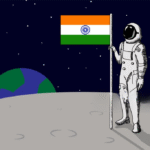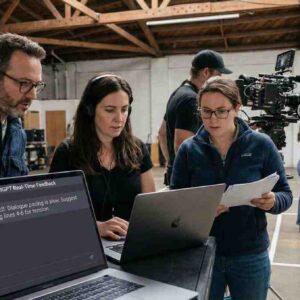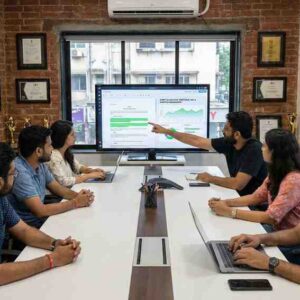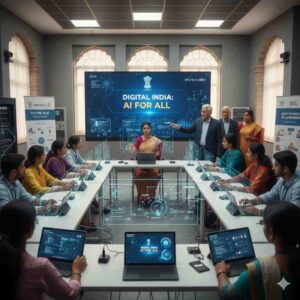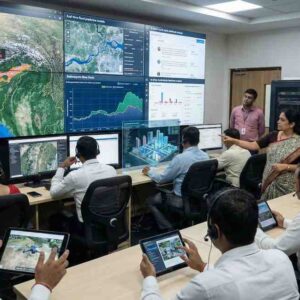Introduction: Revolutionizing Visual Storytelling
In Bollywood, where the spectacle often matches the drama of the narratives, visual effects (VFX) play a pivotal role in bringing fantastical elements to life. The integration of Artificial Intelligence (AI) into this domain is transforming the way visual effects are conceived, created, and delivered, enhancing both the efficiency of production and the immersive quality of the cinematic experience.
AI-Driven VFX Innovations
The use of AI in visual effects involves several groundbreaking applications that push the boundaries of traditional VFX processes:
- Automated Rotoscoping: Rotoscoping, the process of isolating objects and characters from footage for VFX integration, is notoriously time-consuming. AI algorithms have revolutionized this task by automating it, drastically reducing hours of manual labor while increasing precision. AI systems can now analyze footage frame-by-frame, accurately distinguishing figures and backgrounds, which speeds up post-production timelines and allows VFX artists to focus on more creative tasks.
- Enhanced Motion Capture: AI enhances motion capture technology by streamlining the capture of complex human motions and facial expressions. This advancement is particularly beneficial for Bollywood films that feature elaborate dance sequences and action scenes. AI-powered systems analyze the movements of performers in real-time, capturing detailed animations that are seamlessly integrated into digital models, resulting in more fluid and realistic animations.
- Realistic Environment Creation: AI algorithms are capable of generating photorealistic environmental elements—from bustling cityscapes to fantastical landscapes—that can be difficult and expensive to film physically. These algorithms can simulate natural phenomena such as water, fire, and smoke with high fidelity, allowing filmmakers to craft compelling scenes without the constraints of physical set limitations.
- Deep Learning for Enhanced Details: Deep learning techniques are employed to refine the details and textures of CGI characters and environments. These AI models learn from existing data sets to predict and apply intricate details that can enhance the realism of CGI elements, making them almost indistinguishable from their real-world counterparts.
- Predictive Rendering: AI also optimizes the rendering process, predicting the best lighting and shading models to use for specific scenes. This not only improves the visual quality but also reduces the computational cost and time required for rendering complex VFX scenes, a common bottleneck in production.
Challenges and Opportunities
While AI offers immense benefits, it also presents challenges. The primary concern is the balance between technology and artistry; there is an ongoing debate about AI potentially overshadowing the creative input of human artists. Moreover, the adoption of AI requires significant investment in technology and training, which can be a barrier for smaller production houses.
However, the opportunities AI presents—such as cost reduction, improved efficiency, and enhanced creative possibilities—make it a valuable asset in the competitive landscape of Bollywood cinema. As technology continues to advance, the role of AI in VFX is expected to grow, driving innovations that could define the future of filmmaking.
Conclusion: The Future of VFX in Bollywood
AI’s impact on the visual effects industry in Bollywood is profound, offering tools that enhance the narrative through stunning visual storytelling. As Bollywood continues to embrace AI, it not only keeps pace with global cinema standards but also sets new benchmarks in creativity and innovation. The future of Bollywood VFX, powered by AI, looks promising, with the potential to transform traditional filmmaking into an even more dynamic and visually spectacular art form.





